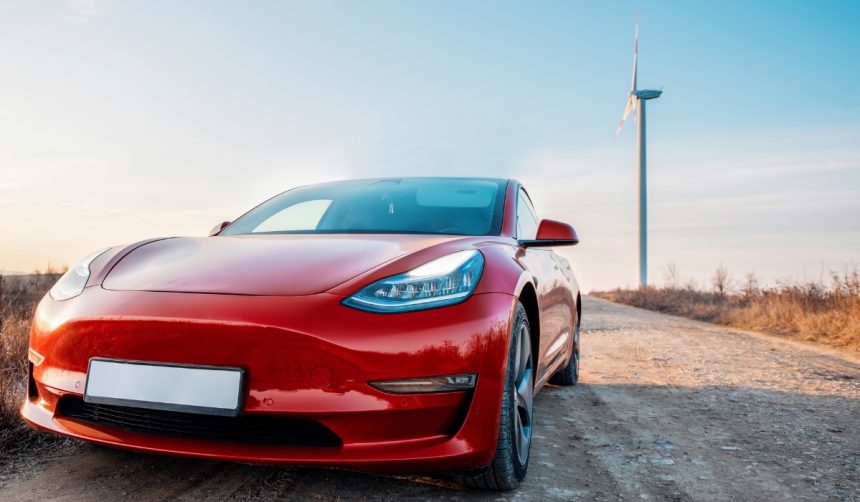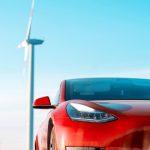Tesla‘s all-electric pickup truck, the Cybertruck Long Range Rear Wheel Drive (LR RWD), is taking significant steps forward in its production journey. Recent images and videos circulating online have fueled interest in this more economical variant, given the visible accumulation of these vehicles at Tesla’s Giga Texas facility. This move marks Tesla’s commitment to meet customer demand for this particular model, building excitement among potential buyers eager to see the Cybertruck’s presence on roads.
Tesla has been known for accelerating production rates in response to market demands. The sightings of multiple Cybertruck LR RWD units waiting for distribution signify Tesla’s dedication to enhance production capacity. In prior reports, debates surrounding the feasibility of scaling up production for such a unique vehicle have been a focus. However, with indications of multiple units ready for deployment, Tesla seems to be overcoming these challenges successfully.
What Was Seen at Giga Texas?
Veteran Tesla observer Joe Tegtmeyer highlighted bustling activity at Giga Texas during his latest drone flyover. This production enhancement is evident as multiple Cybertruck LR RWD units, devoid of the motorized tonneau cover common in other models, are seen positioned at the facility. Such visibility indicates Tesla’s ongoing attempts to meet production targets while responding to critics skeptical about the Cybertruck’s production capabilities.
What Sets Cybertruck LR RWD Apart?
The Cybertruck LR RWD’s pricing comes in at $69,990, enabling it to stand as a more affordable option compared to its AWD counterparts. Its 350-mile range on a single charge and rapid charging capabilities through Tesla Superchargers strengthen its appeal. While offering attractive pricing, certain premium features are not included in this model, striking a balance between cost-effectiveness and functionality.
How Did Tesla Achieve Cost Efficiency?
Cost efficiency in the Cybertruck LR RWD is predominantly achieved through considerations in interior design and omitted features. The model’s interior includes textile seats and a standard audio system with seven speakers but excludes advanced features like noise-canceling technology. Enhancements such as power outlets and adaptive air suspension, available in higher-end models, are also not present, contributing to its affordability.
As Tesla continues to prioritize cost-effectiveness while maintaining quality, buyers seeking electric pickups get an opportunity to engage with a more budget-friendly option boasting a decent range and charging efficiency. However, prospective buyers should weigh the absence of high-end features against the substantial price reduction. Such a strategy highlights Tesla’s flexible approach in catering to varying consumer needs within the electric vehicle segment.










